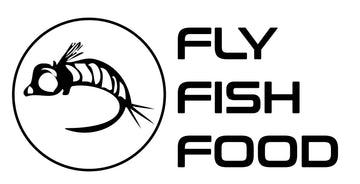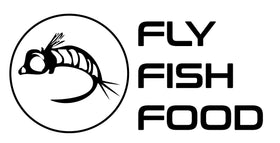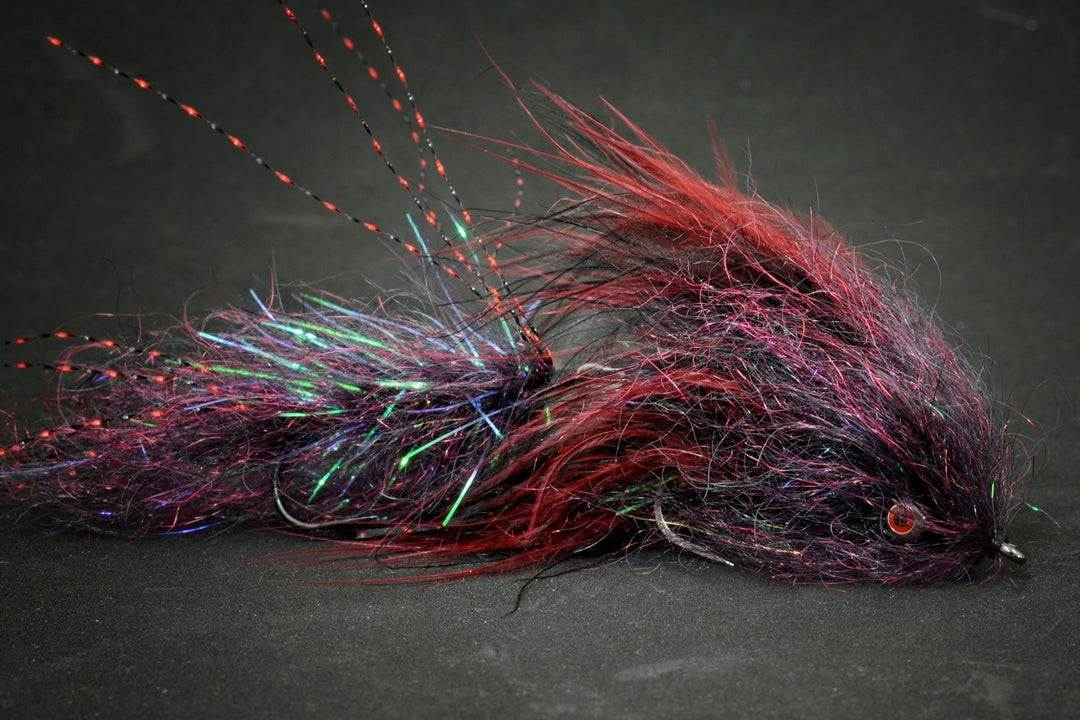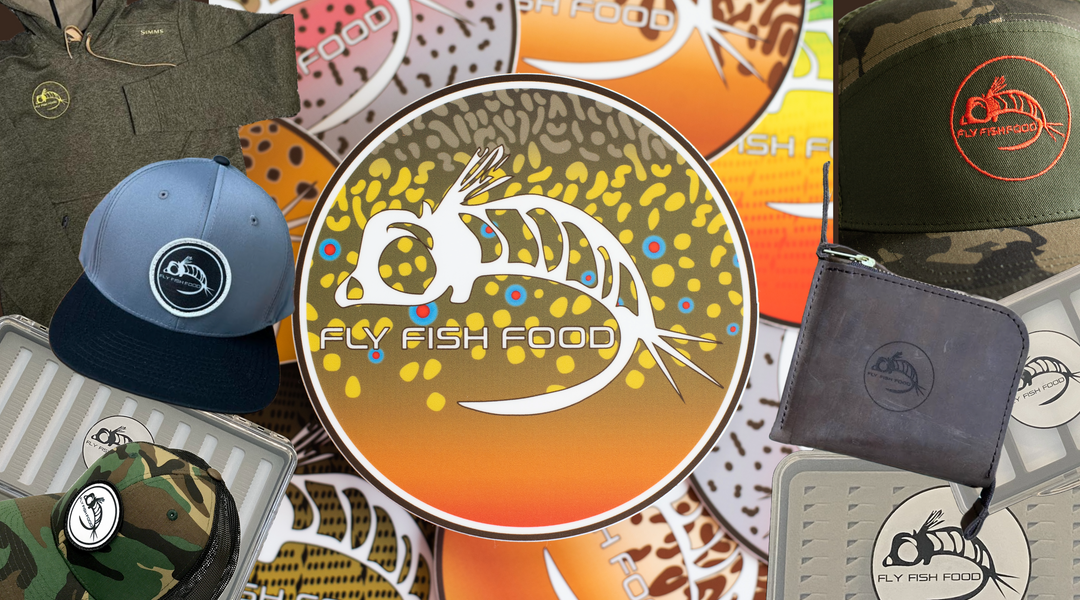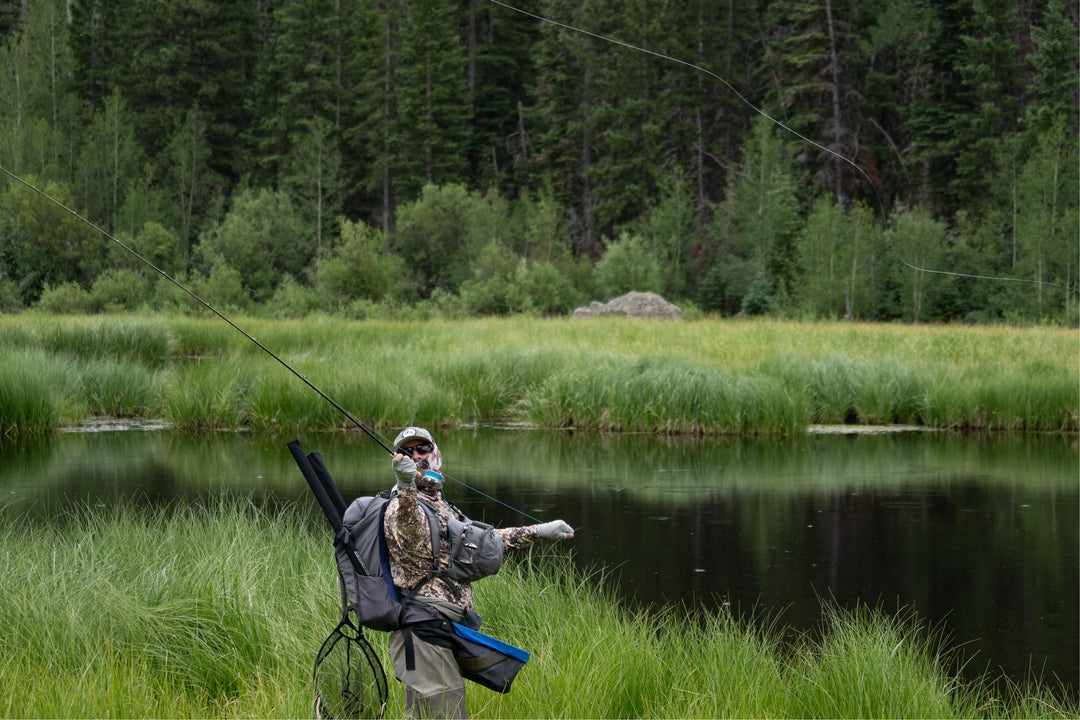Mousey McMouseface
Cheech - August, 2016

Several years ago when I lived a quarter mile from an amazing bass fishery I found myself creating all kinds of topwater patterns to chase them with. I had all of the typical bass colors and variations of poppers, divers, and about every gaudy thing that my crazy mind could think of.
When the going got tough and the bass didn't want to play, I always tied on a natural colored mouse pattern and they always ate it. No flash, no fancy moving parts, just super buggy fishiness. That mouse consisted of rabbit strips for a tail, wrapped rabbit for the body, foam for the belly, and foam for the back... I can't quite remember how it was put together, but it was a buggy buggy fly.
Like many mouse patterns, this one was kind of plagued with a tail that always fouled, and the lack of a stinger hook that let the tail nippers get away without a lip piercing. I have dabbled with mouse patterns off and on for a long time. and our current mouse pattern, the Complex Twist Mouse, has proven to be very effective. The fouling tail problem was 100% solved with that fly, but there still wasn't a stinger... I actually think that if a mouse pattern is about 3.5" or smaller (total length) it really doesn't need a stinger because it's small enough for even a window shopper to gulp down.
The Complex Twist Mouse is actually responsible for one of the most memorable mouse eats that I have seen this summer.
Curtis and I were fishing with our good friend Justin, and it was a prototypical streamer day. Rain all day, a bit of hail, cooler than normal temps, you know, time to eat steaks! The fish were very aggressively eating streamers in the first 6 to 12 inches of the water column, so I decided to throw on the Complex Twist Mouse. First cast, and a brown trout about backflipped over it. He wasn't the biggest fish, but it left us all just kind of looking at each other dumbfounded. Time to get on the mouse game again.
Lots of times I'll get the bug to start tinkering with a fly when I get a request from someone who I know will thoroughly test my patterns. Cortney Boice came to me several months ago and let me know that they were going to be mousing quite a bit, and that he was interested in getting a few tester patterns. The first round it was the Complex Twist Mouse, the second round was a bigger Complex Twist Mouse with a stinger, the third round it was a fly pretty similar to Mousey McMouseface, and then Sam Parkinson added his input. "The stinger needs to be right behind the tip of the tail..." No biggie right? Anyway, Cort and Sam tested and helped dial in what we think is a very very effective mouse pattern that swims great and can hook the tail nippers. I have said this a lot in the past, but if you are a fly designer, and you are truly looking to maximize a pattern, find anglers who will fish your flies hard and tell you if they suck. I have a core group of guys who are really really good at this.
Check out the video to see how the fly is segmented and how to make cool eyes with a durable head coating. Resin is definitely not the answer to coat soft foam popper heads, especially if they are colored with markers. As for Mousey McMouseface, check out Sam's images to help you determine whether or not it's effective.
~ Cheech
- Trailer Hook: Daiichi 2557 Intruder Trailer Hook - 2
- Front Hook: Fulling Mill 36040 Streamer Stripper - 1
- Shank: Articulated Fish Spines - 15mm Shanks (24 pack)
- Tail/Body: Pine Squirrel Skin - Zonked - Natural
- Foam: Fly Tying Foam - 6mm - Black
- Head: Double Barrel Popper Bodies - Black - Medium
- Eyes: Loon UV Clear Fly Finish - Thick (1/2 oz)
- Clear Coat: Loon Soft Head - Clear
- Legs: Silicone Flutter Legs - Tan
- Thread: Danville Flat Waxed Nylon Thread - 210 Denier - Black
- Connection: Senyo Intruder Trailer Hook Wire - Black - Regular
- Tools Used: Loon UV Infiniti Light, Fly Tyer's Z-Ment,
